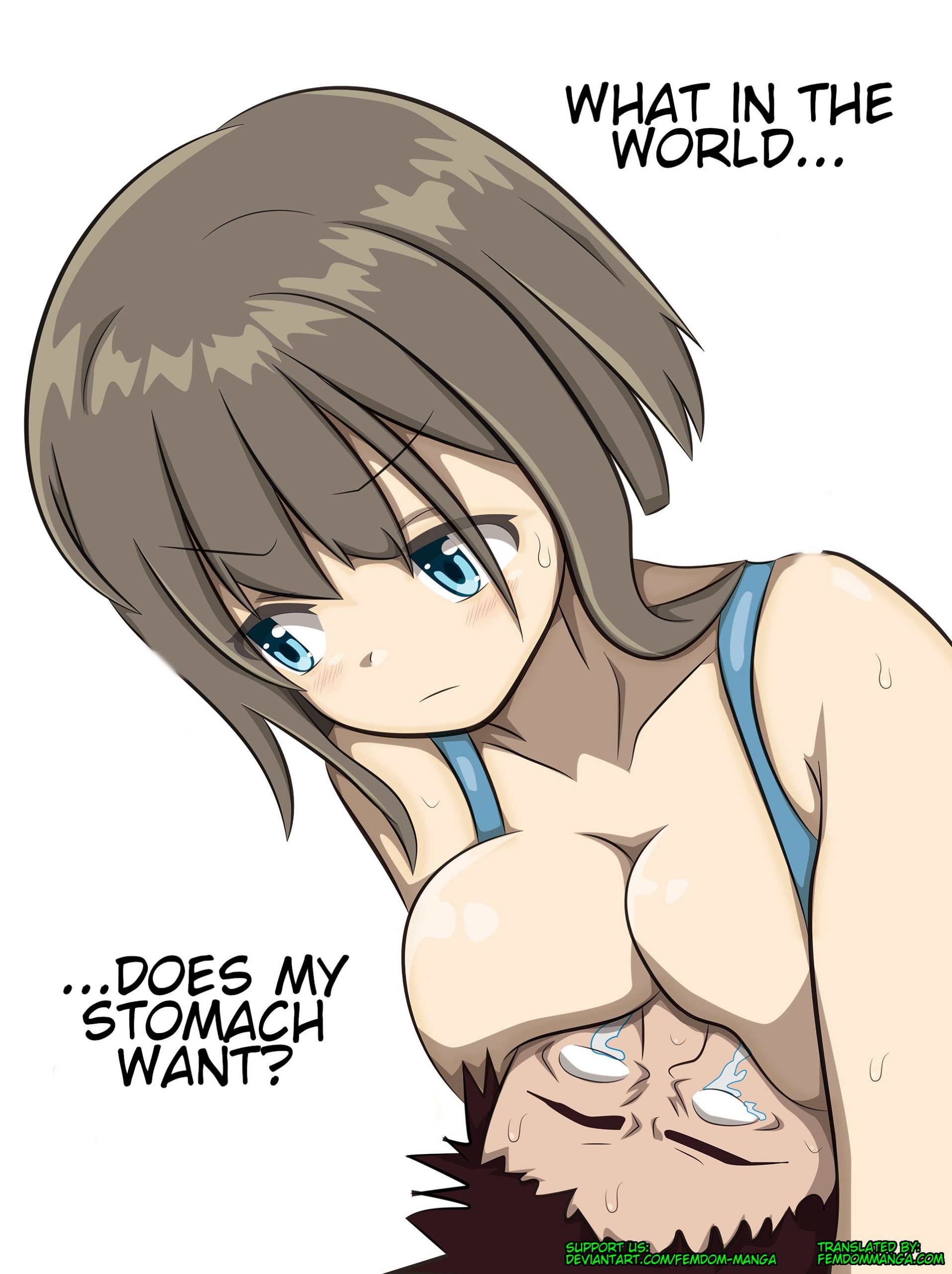



Introduction:
Lore has always been an integral part of storytelling, whether it’s in books, movies, or anime. It adds depth, meaning, and context to the characters and their actions. But when it comes to underage hentai, does lore really matter? Is it just an excuse to justify the controversial content, or does it serve a greater purpose? In this article, we will delve into the world of underage hentai and explore the significance of lore in this genre. By the end, we hope to provide a better understanding of the role of lore in underage hentai and its impact on the audience.
What is Underage Hentai?
Before we dive into the topic, let’s define what underage hentai is. Hentai is a genre of Japanese anime and manga that contains explicit sexual content. It often features characters with exaggerated physical features and bizarre sexual scenarios. Underage hentai, as the name suggests, involves underage characters engaging in sexual activities. This has been a subject of controversy and criticism, with some arguing that it promotes and normalizes pedophilia.
The Importance of Lore:
Lore refers to the background information, mythology, and history of a fictional world or its characters. In the world of underage hentai, lore plays a crucial role in shaping the narrative and providing context to the characters’ actions. It can range from the characters’ backstories, the world they inhabit, or the rules that govern their actions.
1. Adds Depth to Characters:
One of the key roles of lore in underage hentai is to add depth to characters. In this genre, the characters are often portrayed as one-dimensional, solely existing for the purpose of sexual gratification. However, with the inclusion of lore, the characters become more than just sexual objects. They have their own stories, struggles, and motivations, making them more relatable and human.
For instance, in the popular underage hentai, ‘Boku no Pico,’ the main character, Pico, is portrayed as a young boy who is sexually curious and often exploited by older men. However, through the use of flashbacks and character development, we learn about his troubled past and the reasons behind his behavior. This adds depth to his character and makes the audience empathize with him, rather than just viewing him as a sexual object.
2. Establishes a Context:
Another crucial role of lore in underage hentai is to establish a context for the sexual content. Without proper context, the explicit scenes may come across as gratuitous and disturbing. Lore helps in setting the scene, explaining the relationships between the characters, and providing a reason for their actions. This can make the audience more comfortable and less likely to view the content as purely exploitative.
For example, in the underage hentai, ‘Kodomo no Jikan,’ the story revolves around a young girl, Rin, who has a crush on her teacher, Daisuke. Without the backstory and development of their relationship, the sexual content between the two may seem disturbing. However, the inclusion of lore, such as Rin’s troubled family life and Daisuke’s struggle with his feelings, provides a context for their actions and makes the audience understand the complexity of their relationship.
3. Raises Thought-Provoking Questions:
Lore in underage hentai can also serve as a tool to raise thought-provoking questions and spark discussion. It can explore topics such as power dynamics, consent, and the consequences of sexual relationships between minors and adults. This can make the audience think critically about the content they are consuming, rather than just mindlessly consuming it for sexual gratification.
For instance, in the underage hentai, ‘Kite,’ the main character, Sawa, is a young girl who is trained to become an assassin by her guardian, Akai. The show raises questions about the morality of using children for such heinous acts and the impact it has on their psyche. This sparks a discussion about the blurred lines between right and wrong and the effects of trauma on young minds.
The Controversy Surrounding Underage Hentai:
It is no secret that underage hentai has been met with controversy and criticism. Many argue that it promotes and normalizes pedophilia, while others believe it is a form of artistic expression. The inclusion of lore in underage hentai has been seen as an attempt to justify and make the content more palatable to the audience.
However, the role of lore in underage hentai goes beyond justifying the content. As we have seen, it serves a greater purpose in adding depth to characters, establishing a context, and raising thought-provoking questions. It can also be argued that by including lore, the creators are attempting to make the audience think critically about the content and its implications, rather than just consuming it for sexual gratification.
Conclusion:
In conclusion, the question of whether lore matters for underage hentai is a complex one. While some may argue that it is just an excuse to justify the controversial content, it serves a greater purpose in shaping the narrative and providing context to the characters and their actions. The inclusion of lore also raises thought-provoking questions and sparks discussion, making the audience think critically about the content they are consuming. However, it is important to note that the inclusion of lore does not make the content any less controversial. It is still a sensitive topic that should be approached with caution and handled responsibly.
